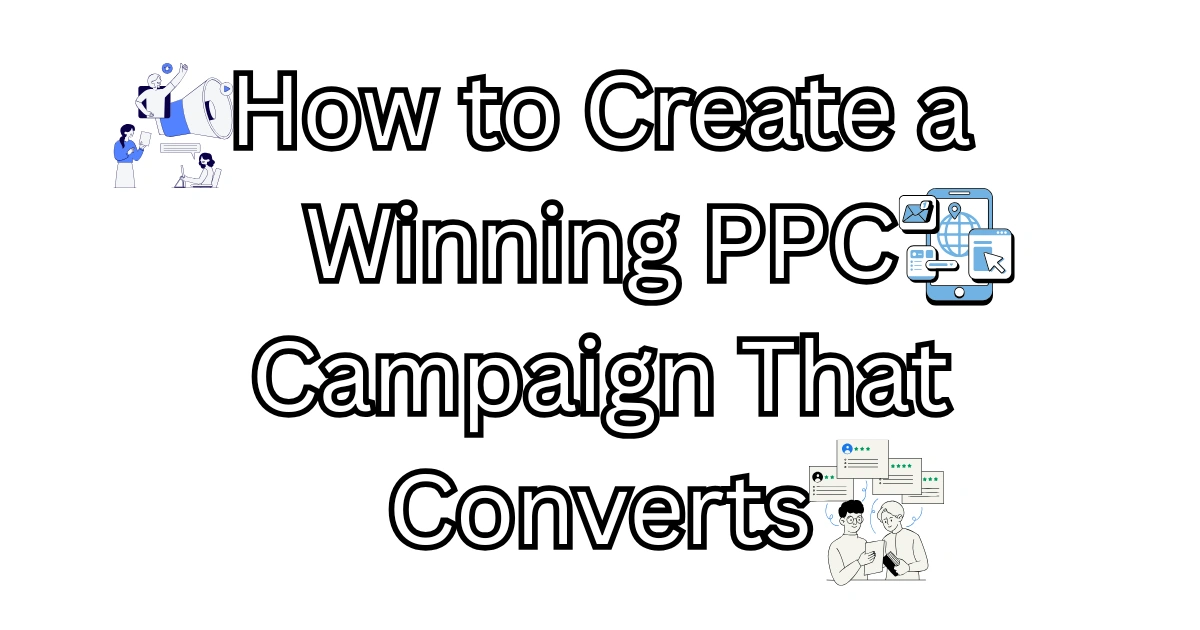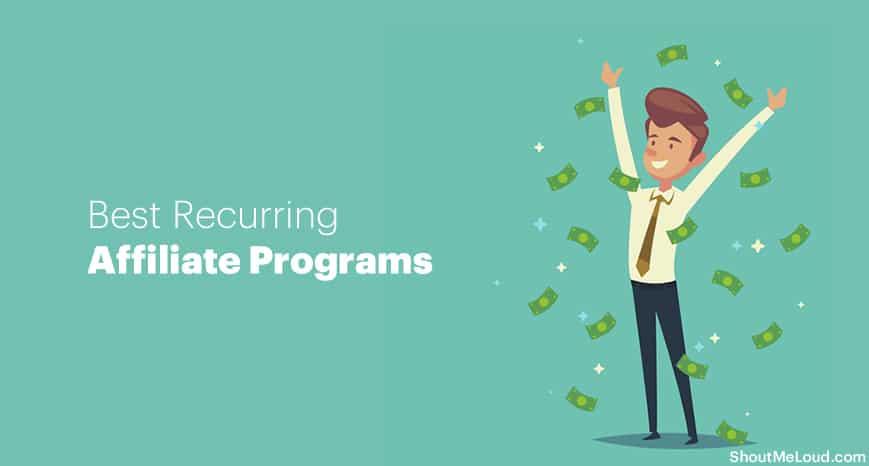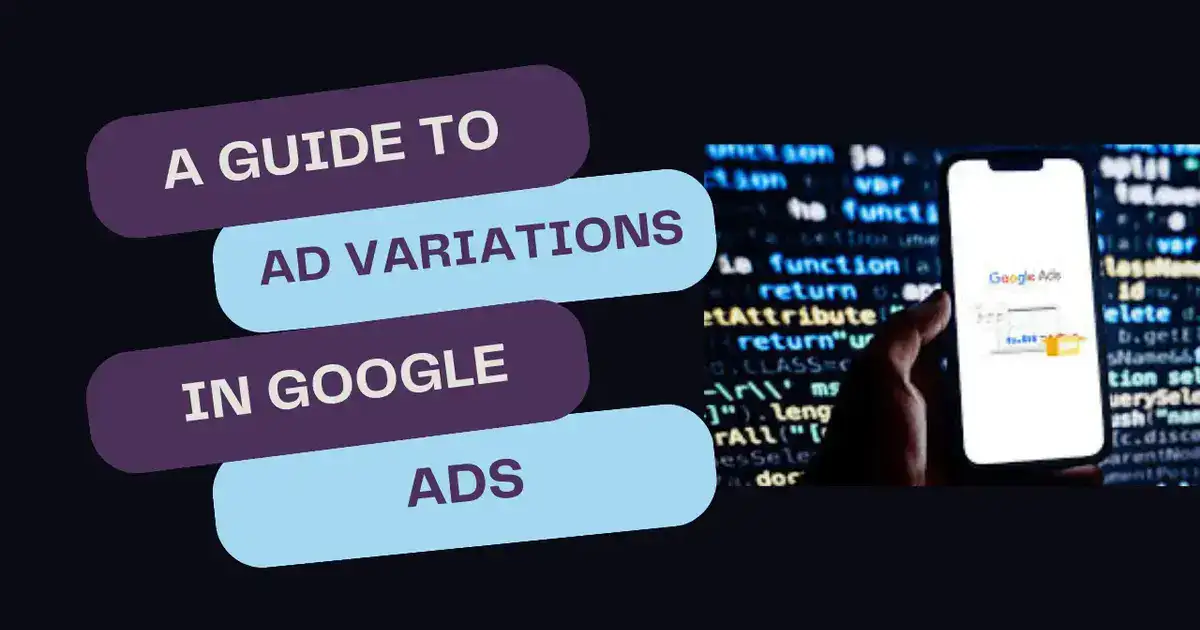Pay-per-click (PPC) advertising remains one of the most effective ways to drive targeted traffic, generate qualified leads, and boost sales quickly. But running ads without a proper strategy is like driving without a map—you might move fast, but you won’t necessarily reach your destination.

In this detailed guide, you’ll learn step-by-step how to create a PPC campaign that not only attracts clicks but also delivers real conversions. We’ll cover everything from keyword research to ad copywriting, targeting, and ongoing optimization.
Understanding PPC Advertising
PPC advertising is a model where you pay each time a user clicks on your ad. Popular platforms include Google Ads, Bing Ads, and social media networks like Facebook, Instagram, and LinkedIn. The beauty of PPC is control—you set the budget, choose your audience, and adjust your campaigns in real-time.
But control alone doesn’t guarantee results. The real success lies in careful planning, smart targeting, and consistent monitoring.
Step 1: Define Your Campaign Goals
Before spending a single dollar, you must know exactly what you want to achieve. Goals should be specific, measurable, and tied to your business objectives.
Common PPC goals include:
- Increasing website traffic
- Generating leads (form submissions, sign-ups)
- Boosting sales of a product or service
- Promoting brand awareness in a specific region
- Driving app downloads
Pro Tip: Align your PPC goal with your conversion funnel. If you’re aiming for sales, focus on bottom-of-the-funnel keywords and high-intent audiences.
Step 2: Conduct Keyword Research
In search-based PPC platforms like Google Ads, keywords determine who sees your ads.
How to find the right keywords:
- Use Google Keyword Planner to find search terms with high intent and reasonable competition.
- Focus on commercial and transactional keywords like “buy,” “hire,” “get quote,” or “near me.”
- Consider long-tail keywords—they have lower competition and higher conversion potential.
Example:
Instead of “digital marketing,” target “hire digital marketing agency in New York” to attract more qualified leads.
Step 3: Choose the Right PPC Platform
Your choice of platform depends on your audience and goals.
| Platform | Best For | Example Ads |
|---|---|---|
| Google Ads | High-intent search traffic | “Buy running shoes online” |
| Bing Ads | Older, professional audiences | “Business insurance quotes” |
| Facebook/Instagram Ads | Visual storytelling, remarketing | Lifestyle product promotions |
| LinkedIn Ads | B2B lead generation | SaaS software demos |
Key Note: If your audience is actively searching for your product, Google Ads is a great starting point. If you need to build awareness, try Facebook or Instagram Ads.
Step 4: Segment Your Audience
Even the best ads fail if they’re shown to the wrong people. Audience segmentation ensures your ad budget is spent on the right prospects.
Segmentation Options:
- Demographics: Age, gender, location, income level
- Interests: Based on browsing history and online behavior
- Remarketing: Target users who visited your website but didn’t convert
- Custom Audiences: Import customer lists or use lookalike audiences
Pro Tip: Start narrow with your targeting, then expand once you’ve found a winning formula.
Step 5: Craft a High-Converting Ad Copy
Your ad copy is your digital salesperson—it must grab attention and drive action.
Key elements of a winning PPC ad:
- Attention-grabbing headline: Highlight the main benefit or offer.
- Compelling description: Explain why your product or service is the best choice.
- Clear call-to-action (CTA): “Shop Now,” “Get a Free Quote,” or “Sign Up Today.”
- Ad extensions: Add extra links, location info, or call buttons to make your ad more useful.
Example Google Ad:
Headline: “Affordable SEO Services – Rank Higher in Google”
Description: “Boost your website traffic with proven SEO strategies. Get a free consultation today.”
CTA: “Book Now”
Step 6: Design a Landing Page That Converts
Your PPC ad should lead to a dedicated landing page, not your homepage.
High-converting landing pages include:
- A clear headline that matches the ad promise
- Simple, clean design with no distractions
- One focused call-to-action
- Trust elements like testimonials, case studies, or guarantees
- Fast loading speed and mobile-friendly layout
Pro Tip: Always test different landing page versions (A/B testing) to find what works best.
Step 7: Set Your Budget and Bidding Strategy
Your budget controls how often your ads are shown.
Budget tips:
- Start small, gather data, then scale up
- Choose a bidding strategy that matches your goals:
- Manual CPC: More control over cost per click
- Maximize Conversions: Lets the platform optimize for more sales/leads
- Target ROAS (Return on Ad Spend): Ideal for e-commerce businesses
Key Note: Monitor your cost per conversion, not just cost per click.
Step 8: Monitor and Optimize Your Campaign
PPC is not a “set it and forget it” strategy. You must regularly analyze performance and make improvements.
Optimization checklist:
- Remove underperforming keywords
- Adjust bids for high-converting keywords
- Test new ad copy variations
- Refine audience targeting
- Improve landing page load times and UX
Pro Tip: Use conversion tracking in Google Ads to measure which keywords and ads actually generate sales or leads.
Step 9: Use Remarketing to Capture Lost Conversions
Remarketing targets people who interacted with your brand but didn’t take action. This is one of the highest ROI PPC strategies.
Examples of remarketing campaigns:
- Showing ads to cart abandoners with a discount
- Targeting visitors who viewed a service page but didn’t book
- Promoting a free resource to email subscribers who haven’t purchased
Step 10: Analyze Results and Scale
Look beyond clicks—focus on metrics like:
- Conversion Rate (CR)
- Cost Per Conversion (CPC)
- Return on Ad Spend (ROAS)
If a campaign meets your goals, increase the budget gradually to maximize reach without losing profitability.
Common PPC Mistakes to Avoid
- Sending all traffic to the homepage
- Ignoring negative keywords
- Not testing ad variations
- Setting and forgetting campaigns
- Targeting everyone instead of a specific audience
Conclusion
A winning PPC campaign doesn’t happen by chance—it’s the result of strategic planning, precise targeting, compelling ads, and continuous optimization. When done right, PPC can deliver instant visibility, qualified leads, and strong ROI for your business.
Whether you’re promoting a local service or running an e-commerce store, following these steps will help you create PPC campaigns that not only get clicks but also drive conversions.
Key Notes:
- Primary Keywords: PPC campaign tips, pay-per-click advertising, create PPC campaign, increase ad conversions
- Secondary Keywords: Google Ads strategy, PPC optimization, landing page best practices, PPC targeting
- Internal Link Opportunities:
- Link to your “Google Ads Management Services” page
- Link to a blog post about “Landing Page Optimization”
- Link to a case study showing your PPC results
- Schema Recommendation: Use “Article” schema with FAQ rich snippets for better search visibility
Frequently Asked Questions (FAQs)
Your PPC budget should align with your goals, industry competition, and customer acquisition cost. Many businesses start with a small daily budget (e.g., $20–$50) and scale up as they identify profitable keywords and targeting options.
To improve PPC conversions:
Target high-intent keywords
Write compelling ad copy with a clear call-to-action
Use dedicated landing pages that match your ad’s promise
Test different ad variations and refine your audience targeting
PPC delivers instant traffic by placing paid ads at the top of search results, while SEO focuses on optimizing your website for organic rankings over time. PPC is great for quick results, whereas SEO builds long-term, sustainable visibility.
PPC campaigns can generate traffic within hours of launching. However, optimizing for the best conversion rates often takes 2–4 weeks of testing and refining your targeting, keywords, and ad creatives.
Negative keywords are search terms you exclude from your campaign to prevent irrelevant clicks. For example, if you sell premium watches, you might add “free” as a negative keyword to avoid clicks from people not willing to purchase.



